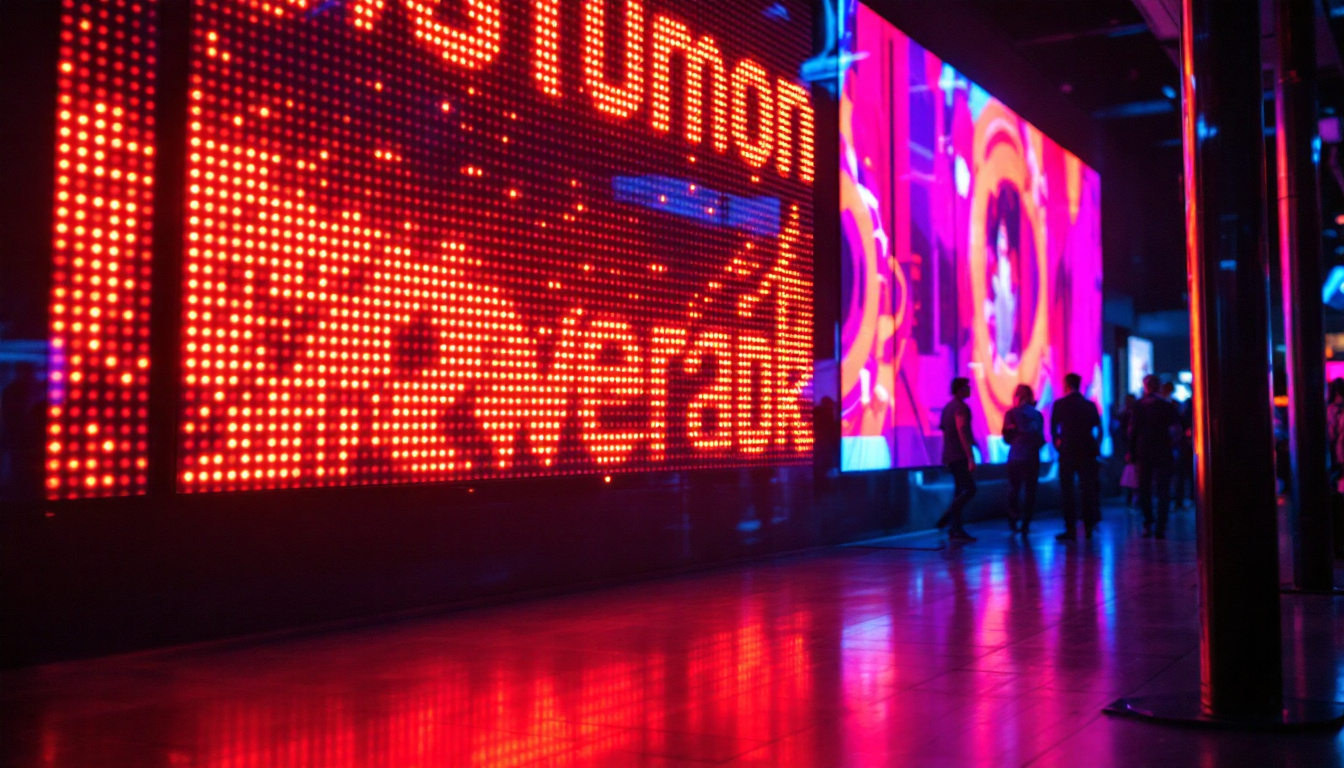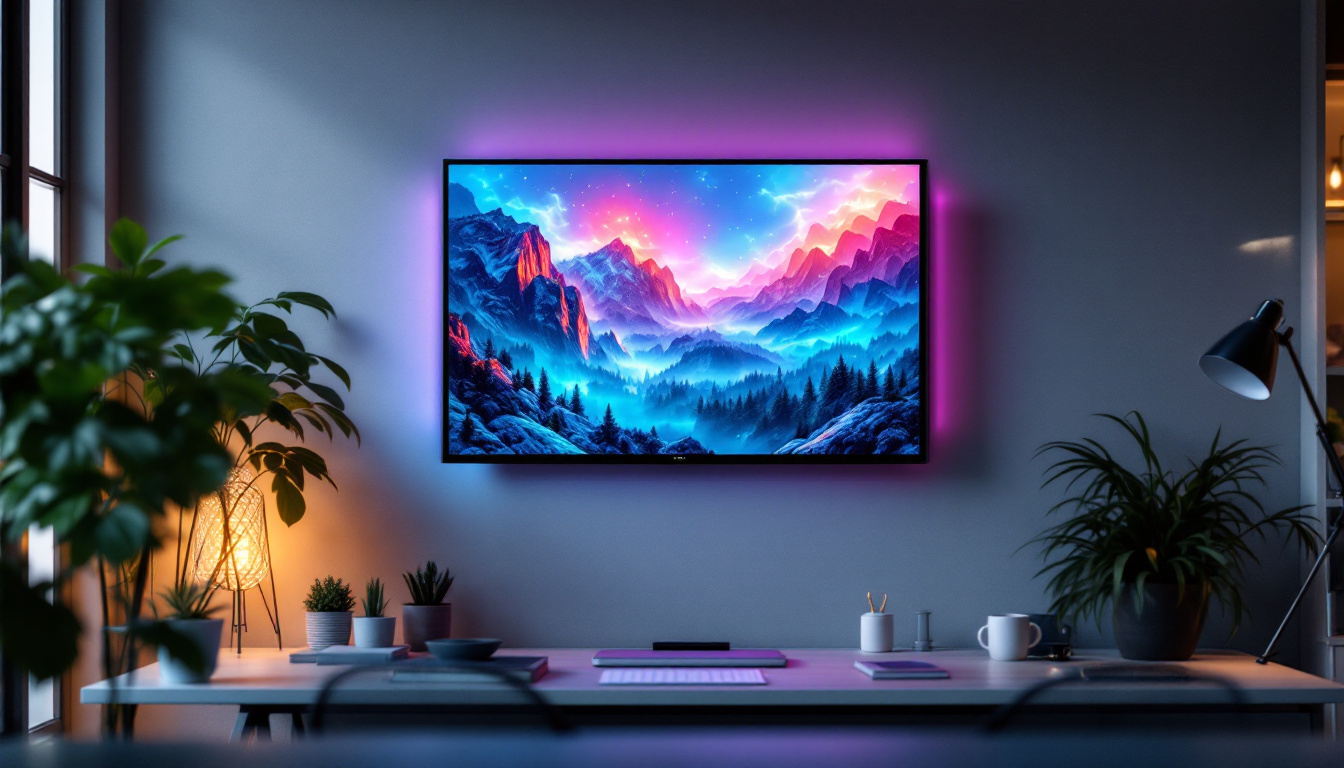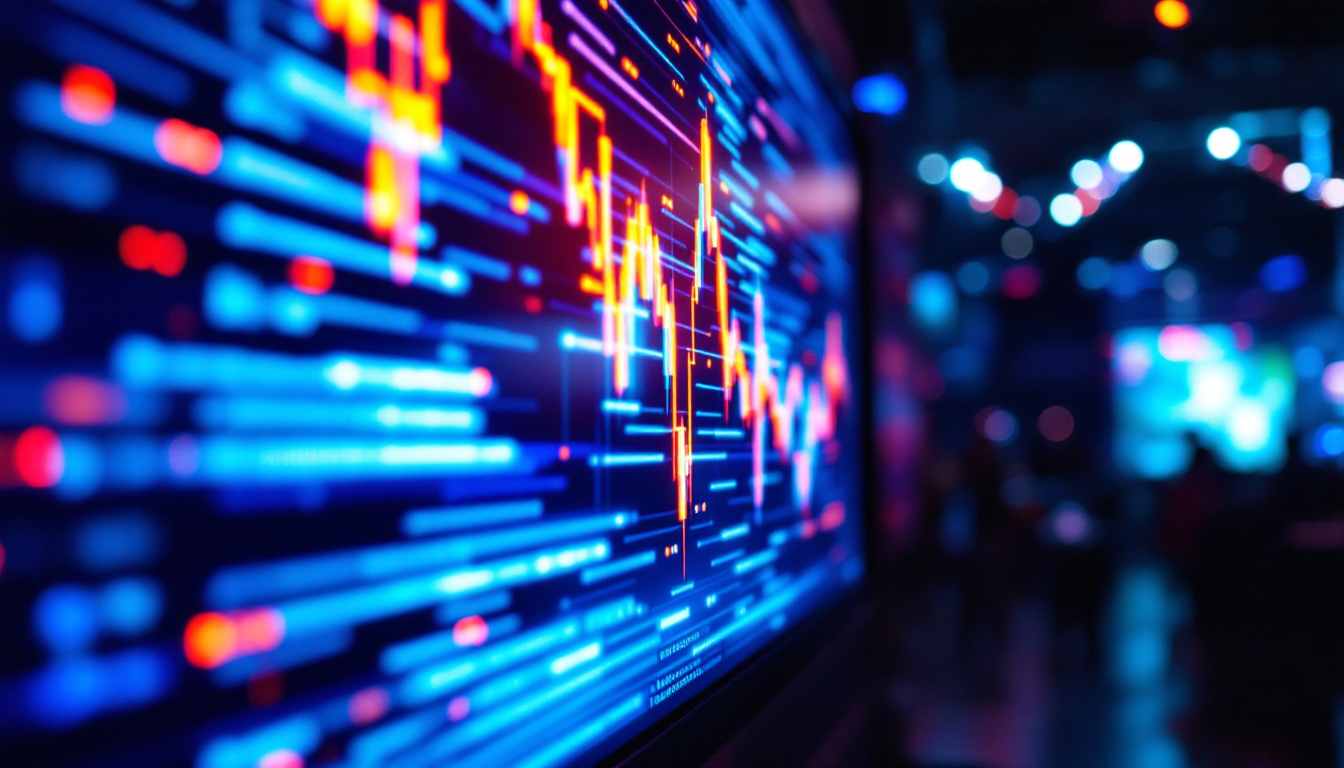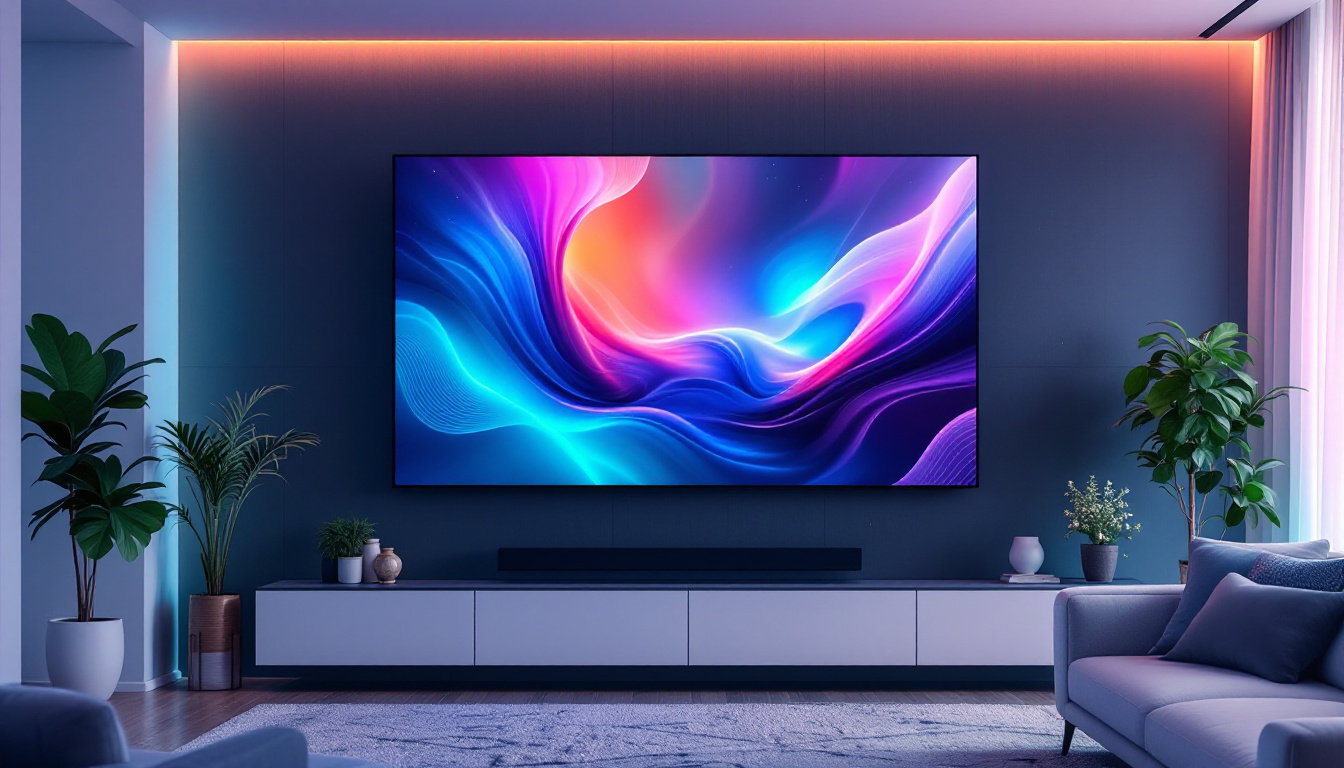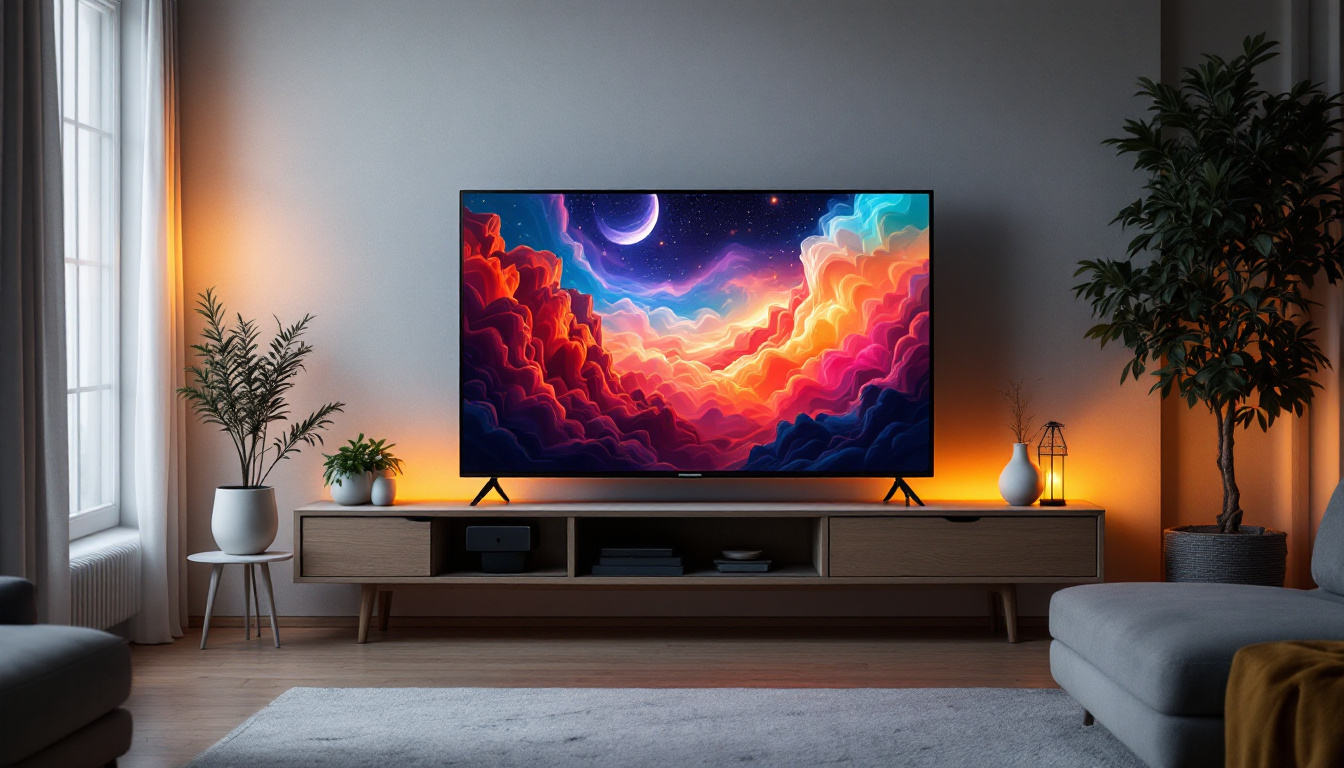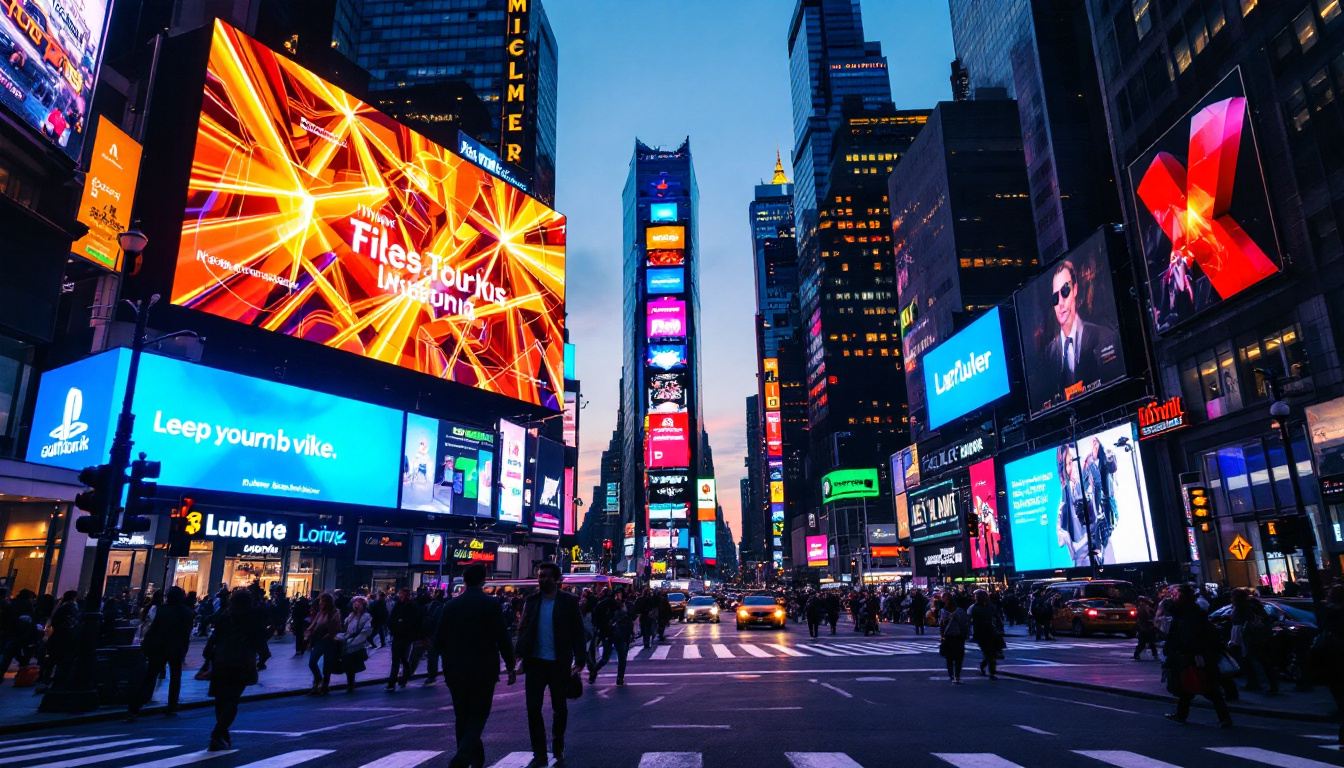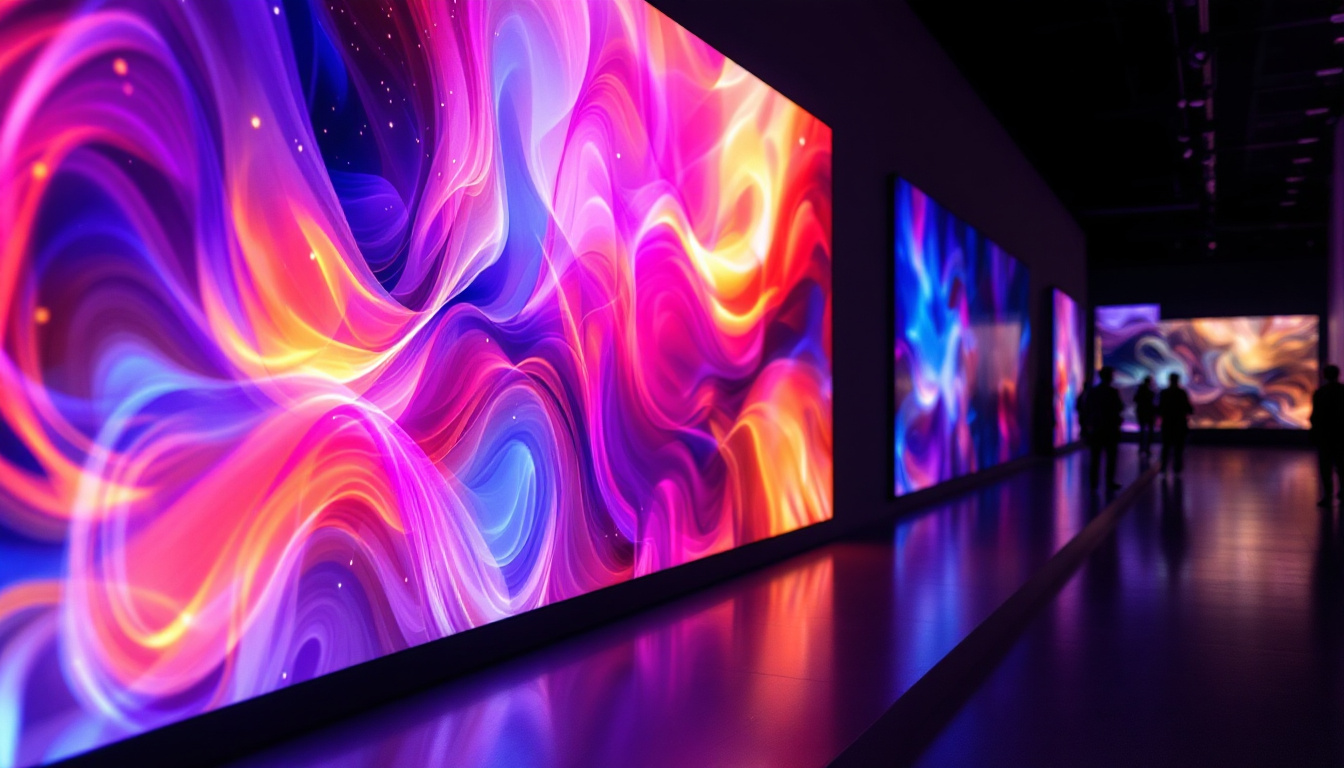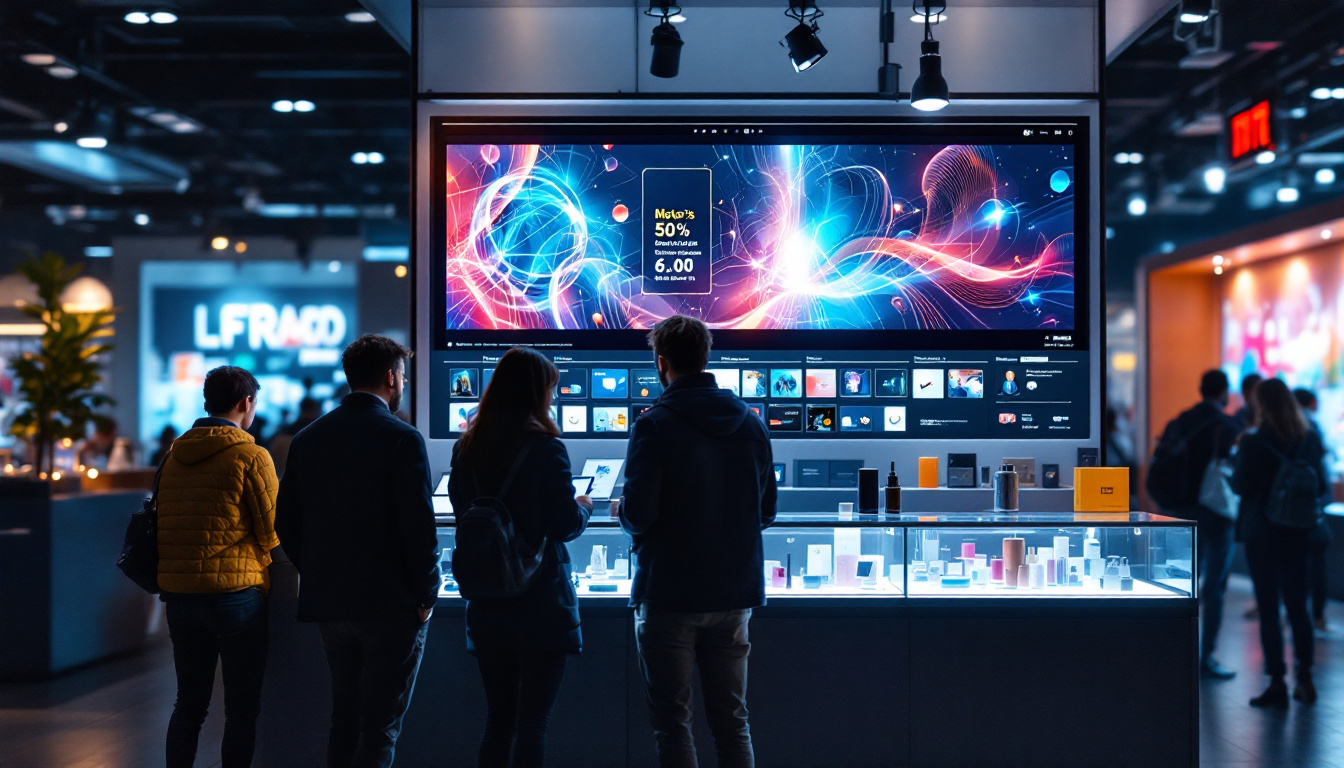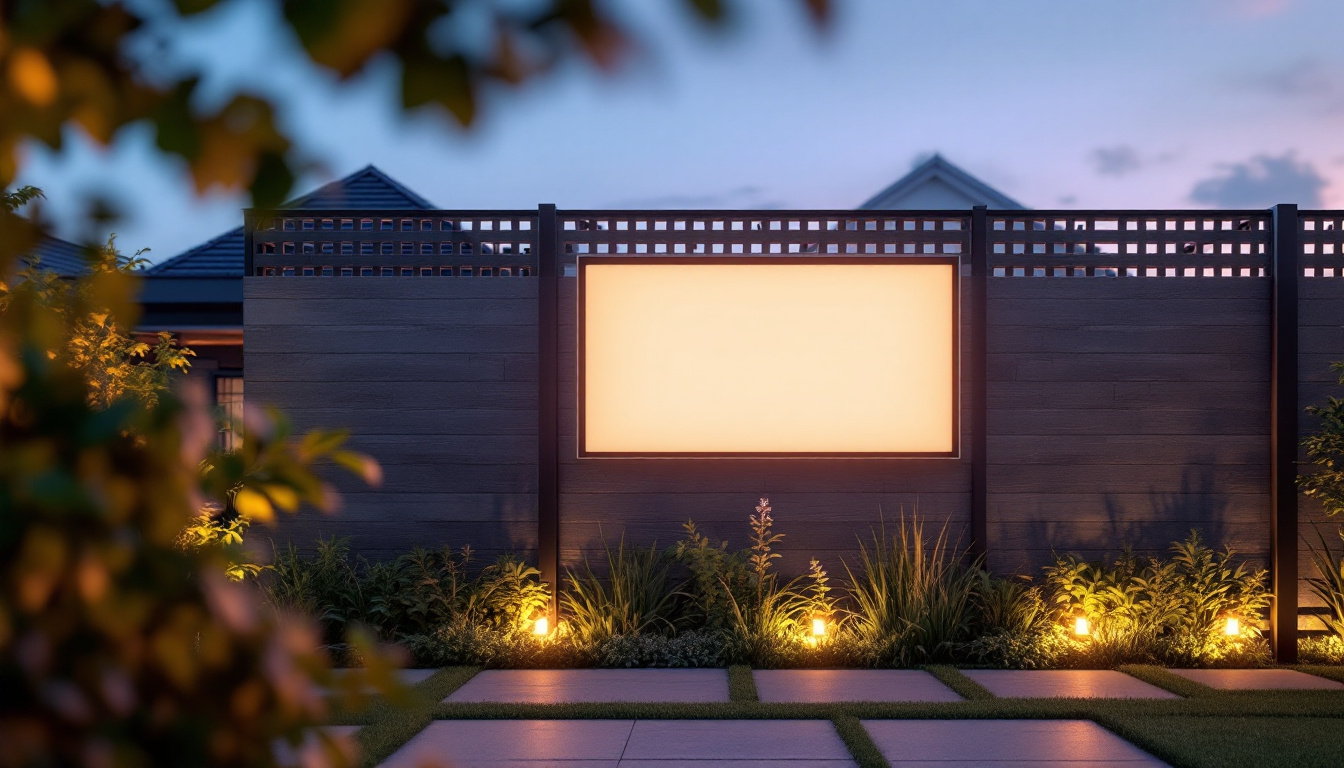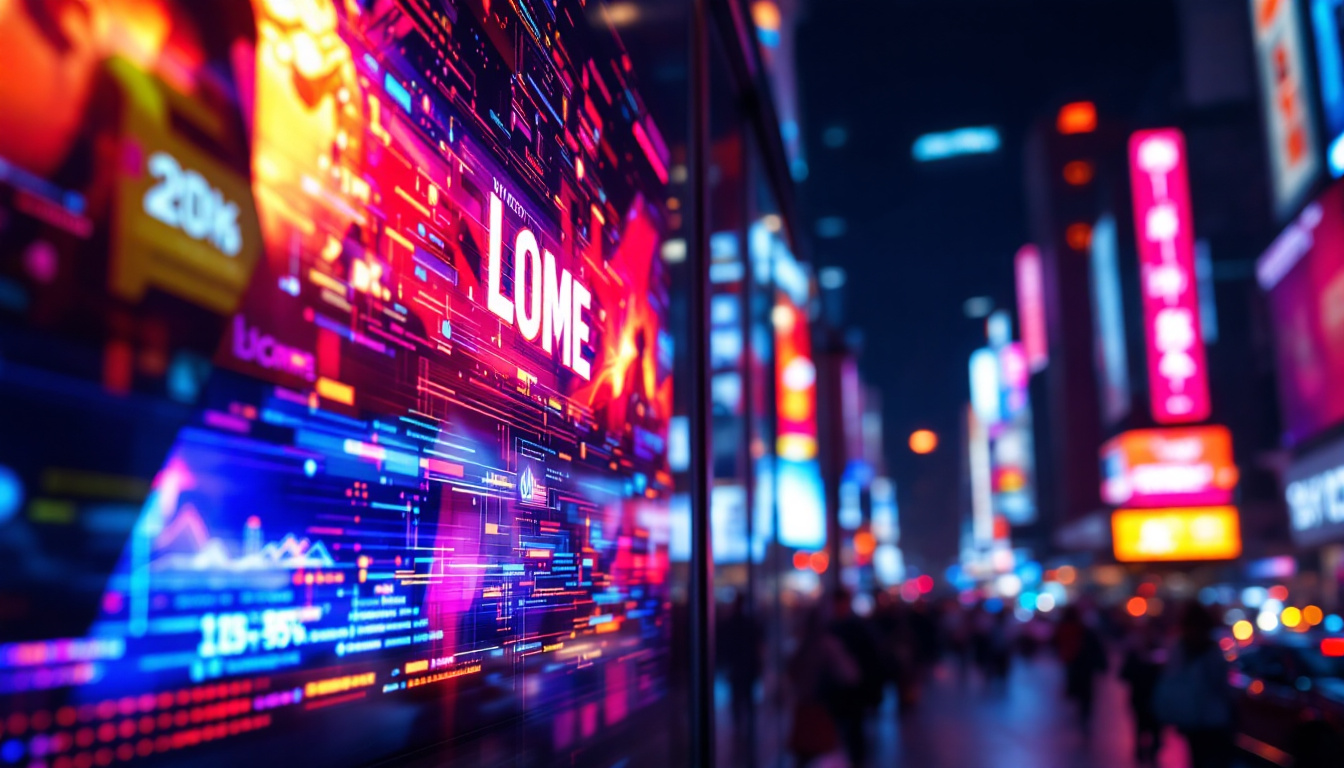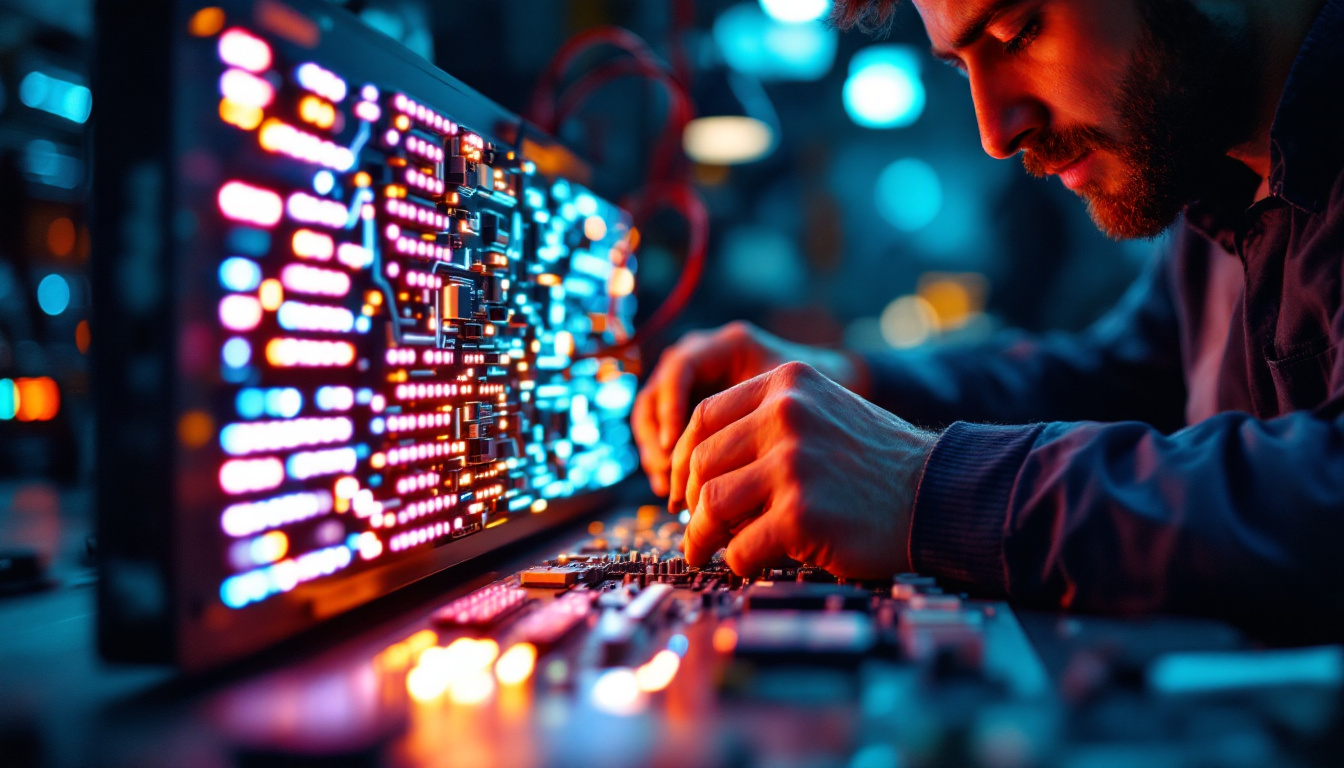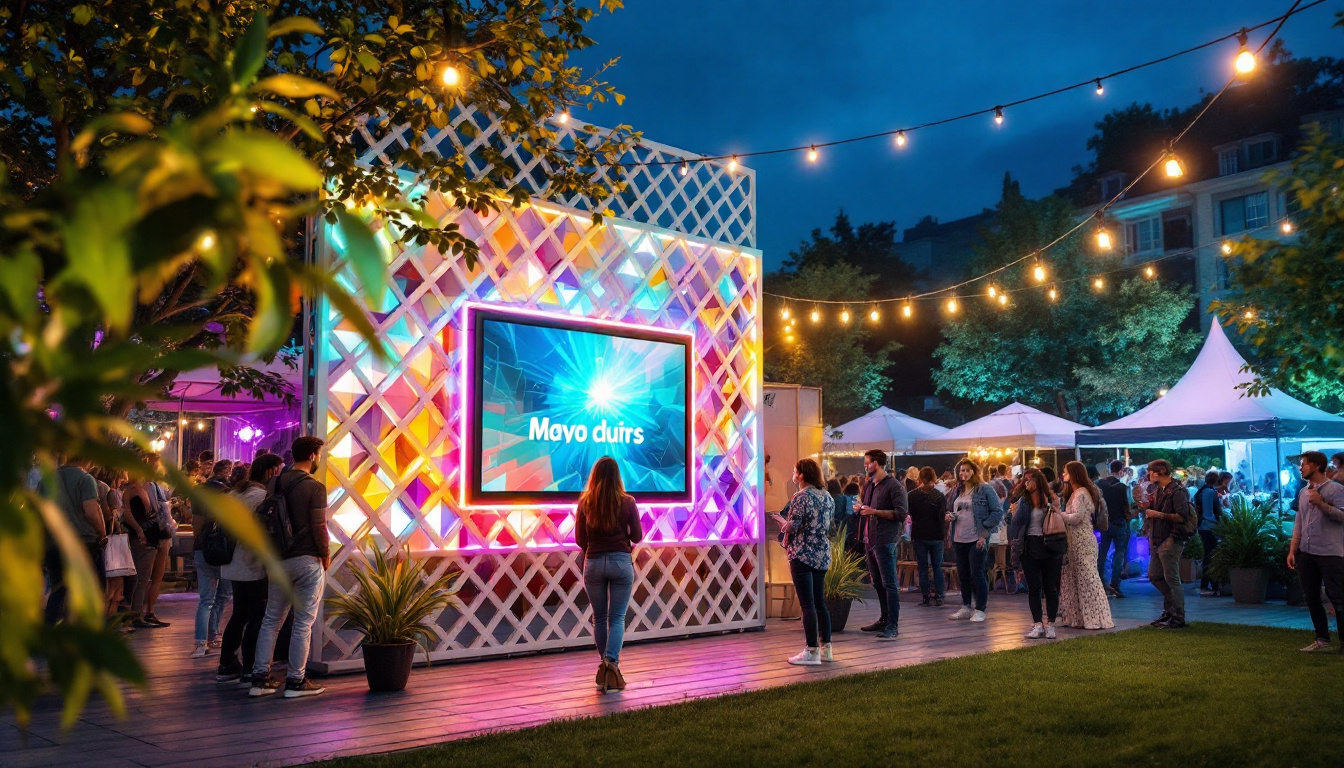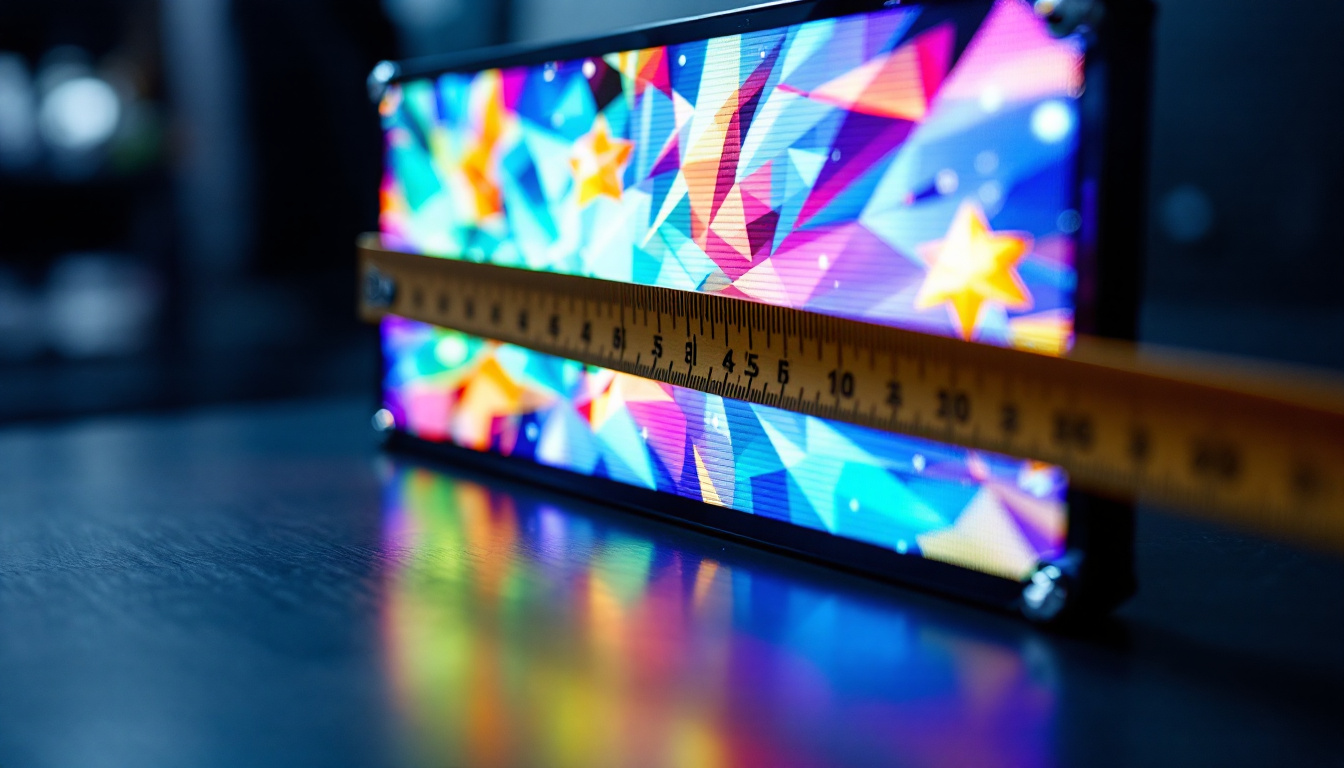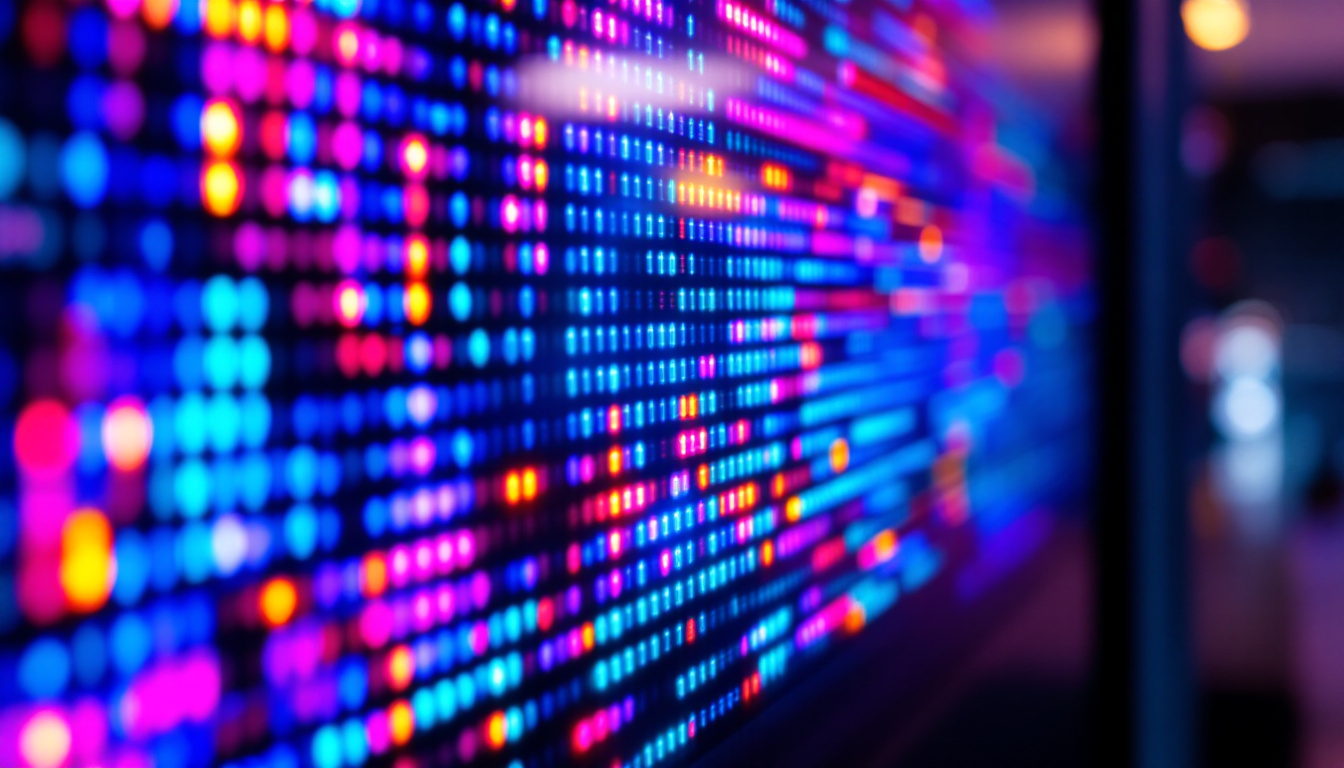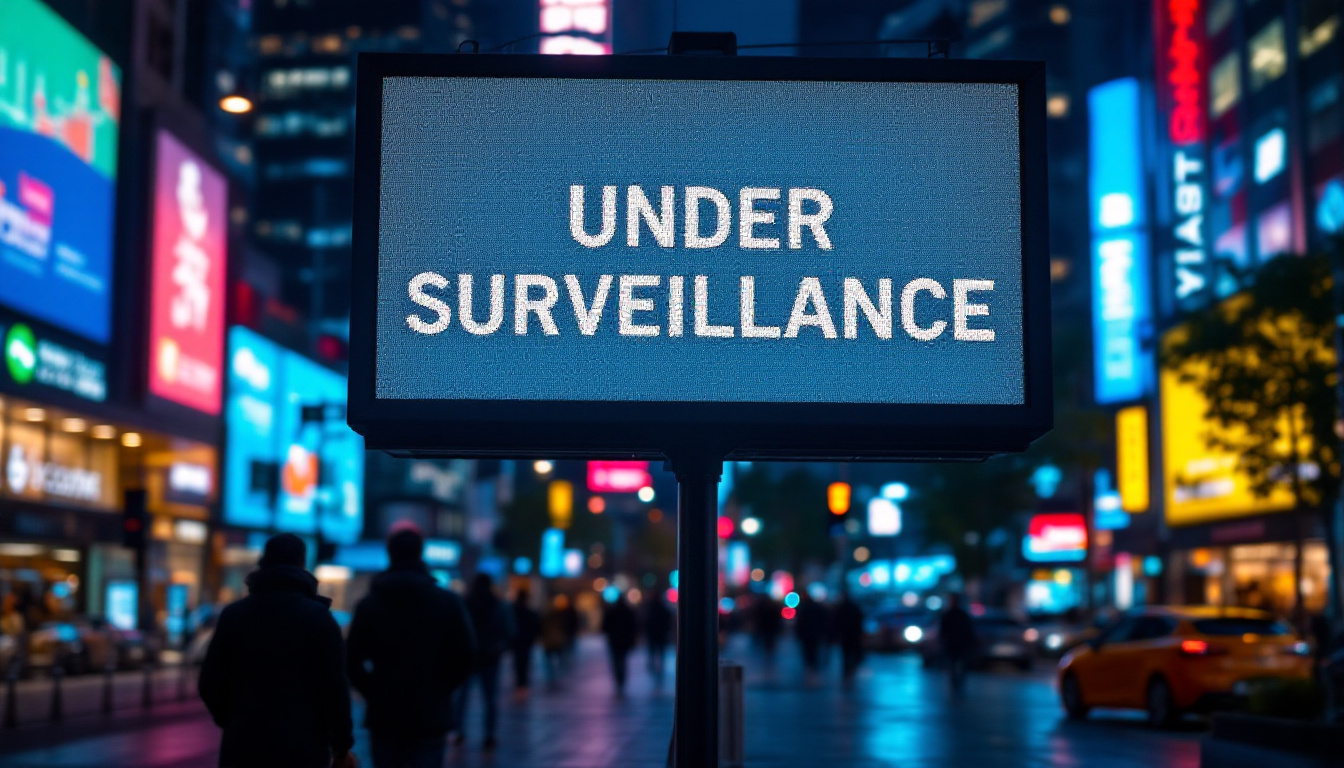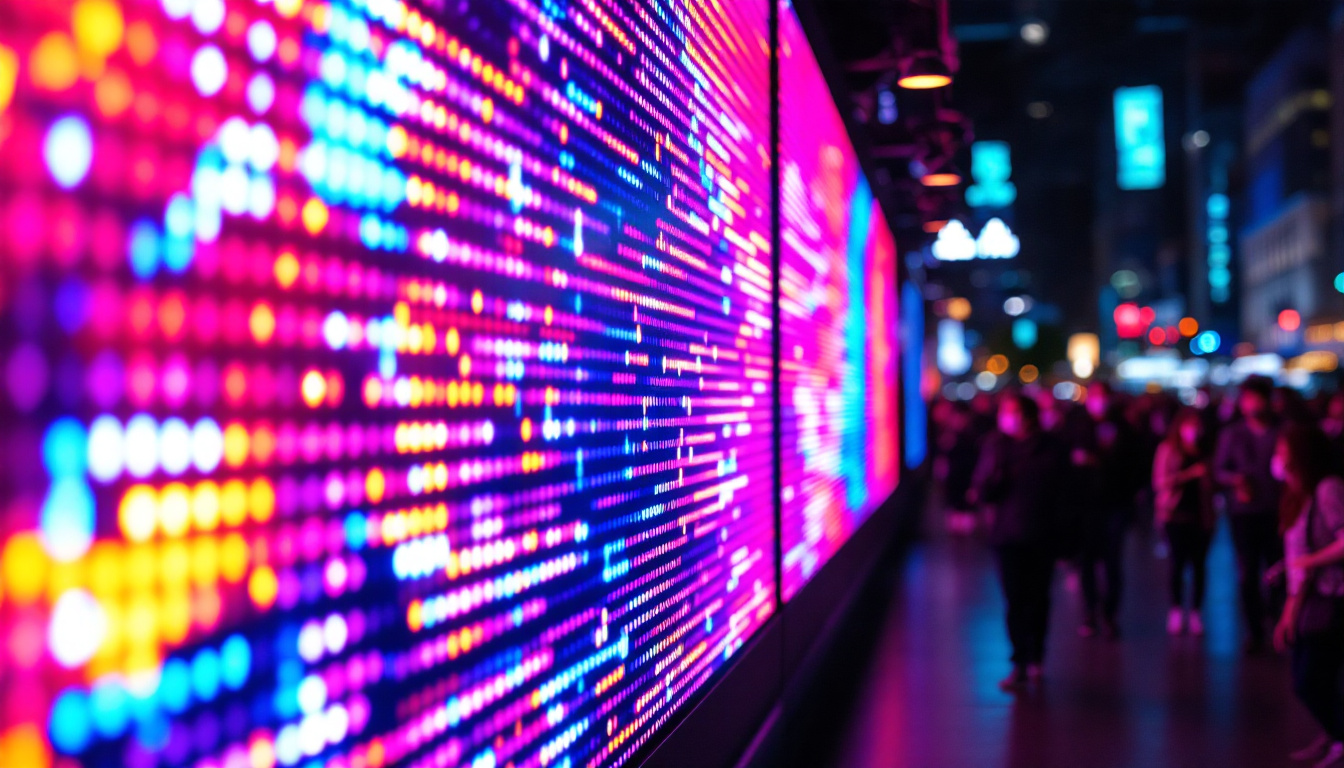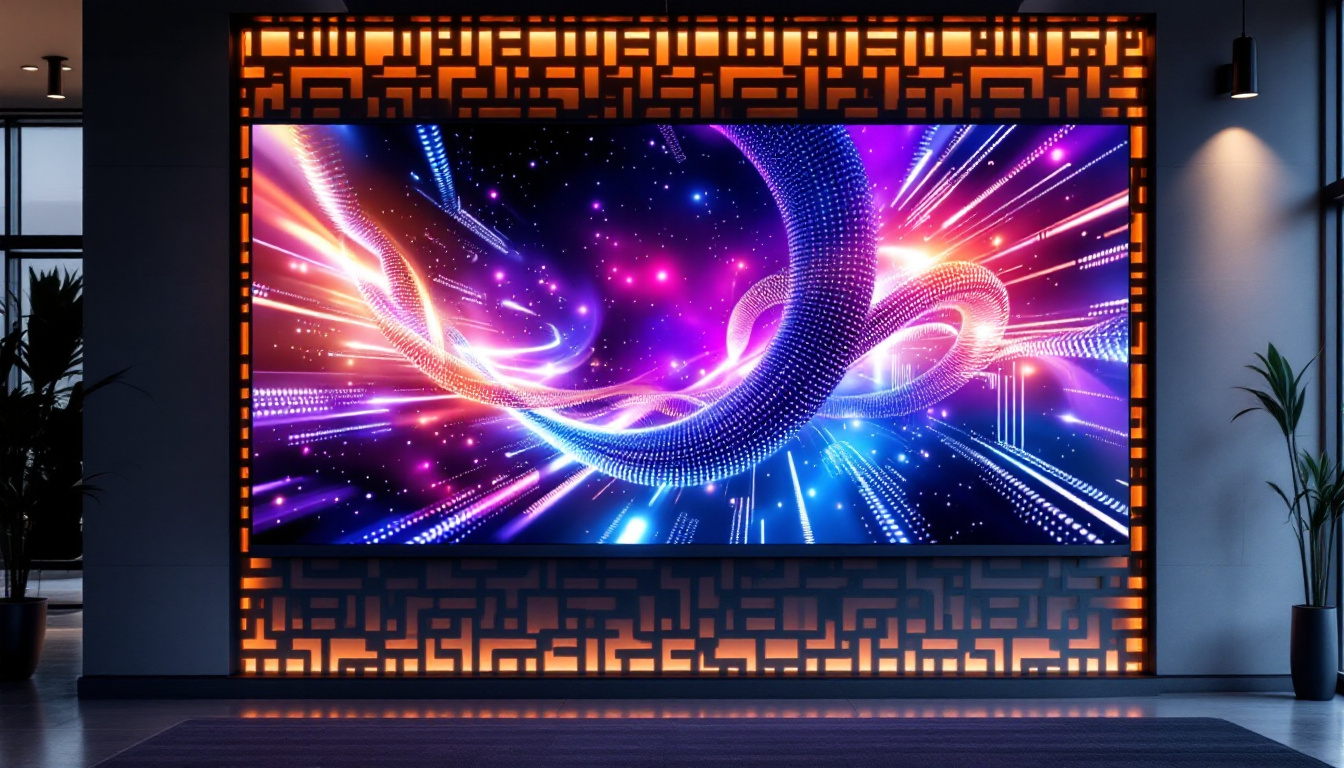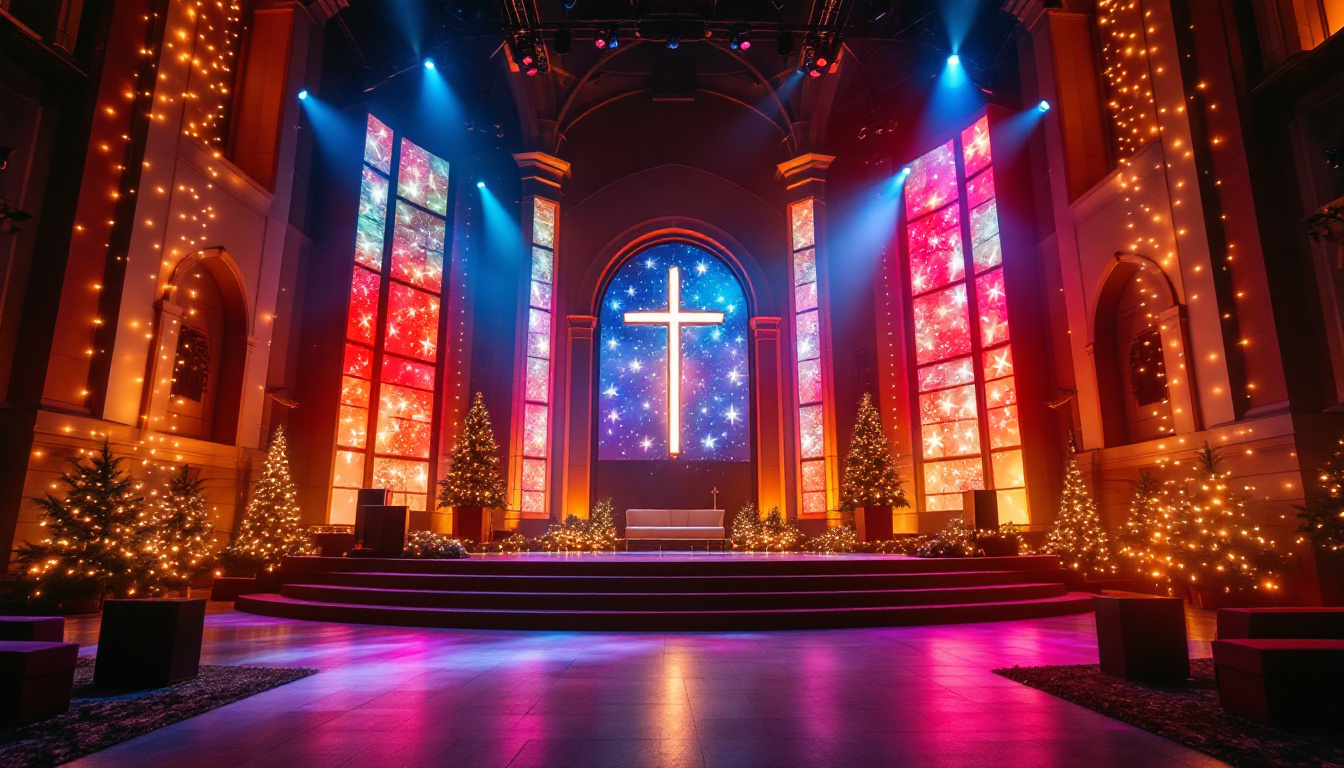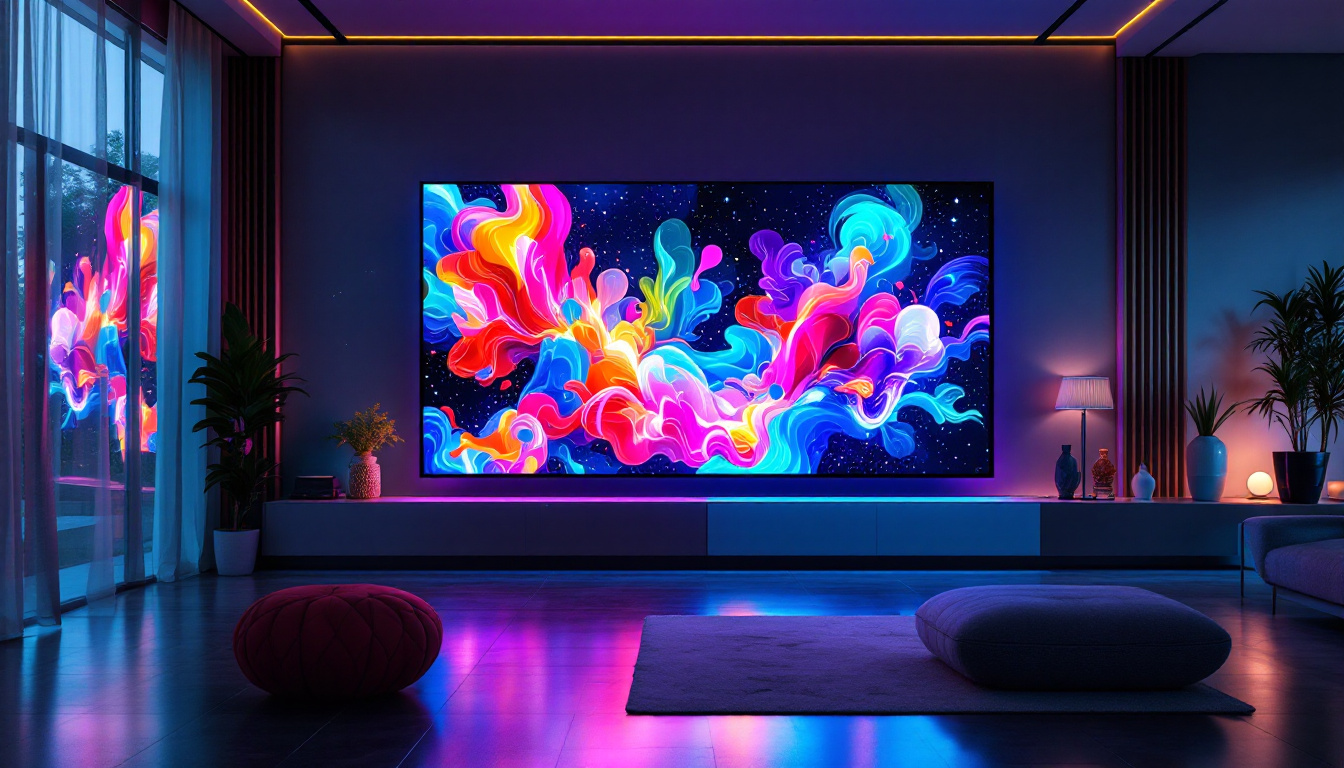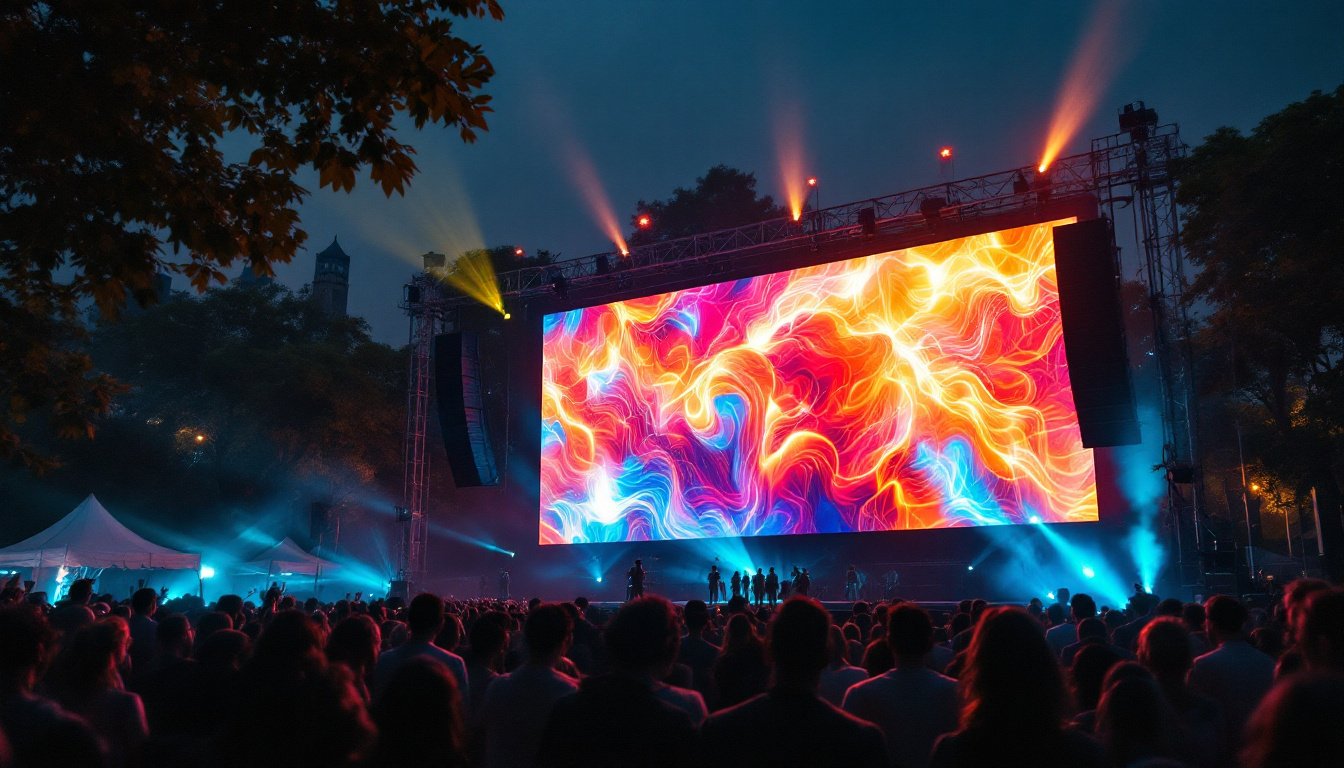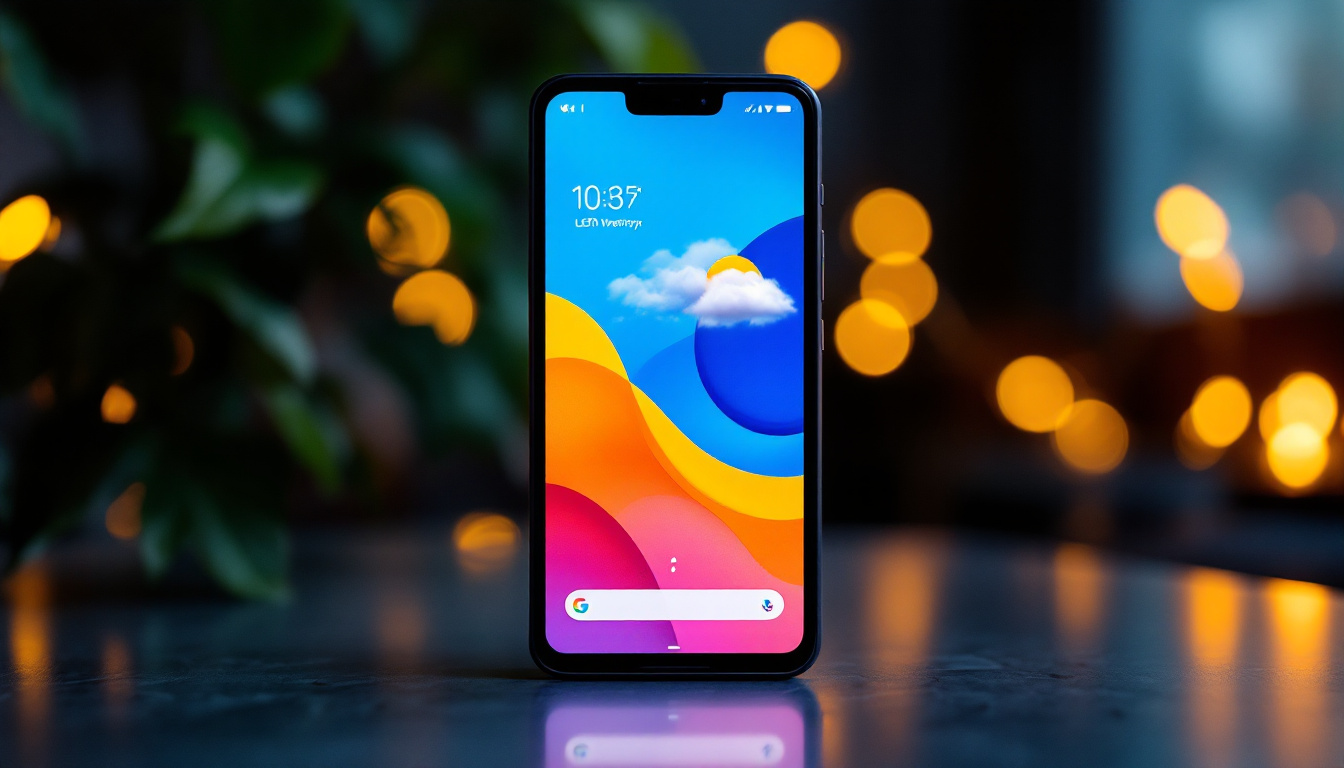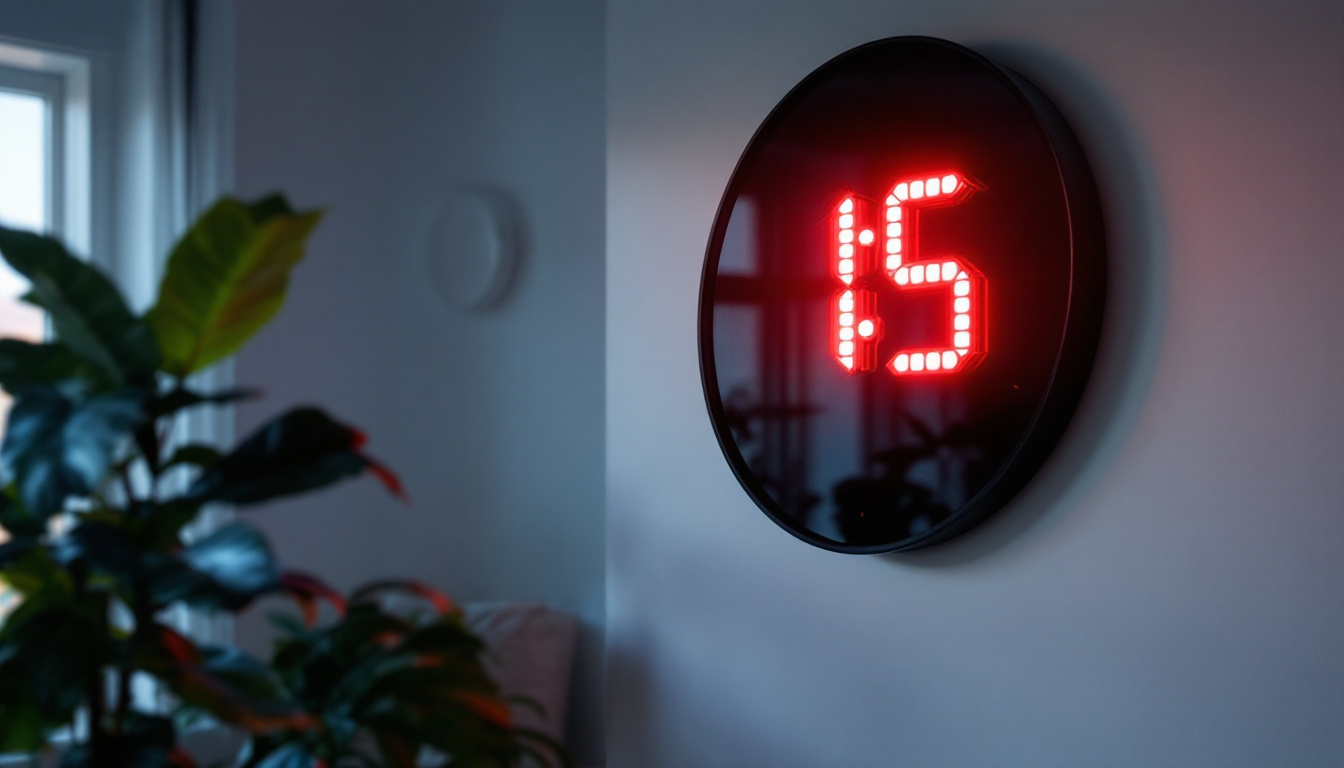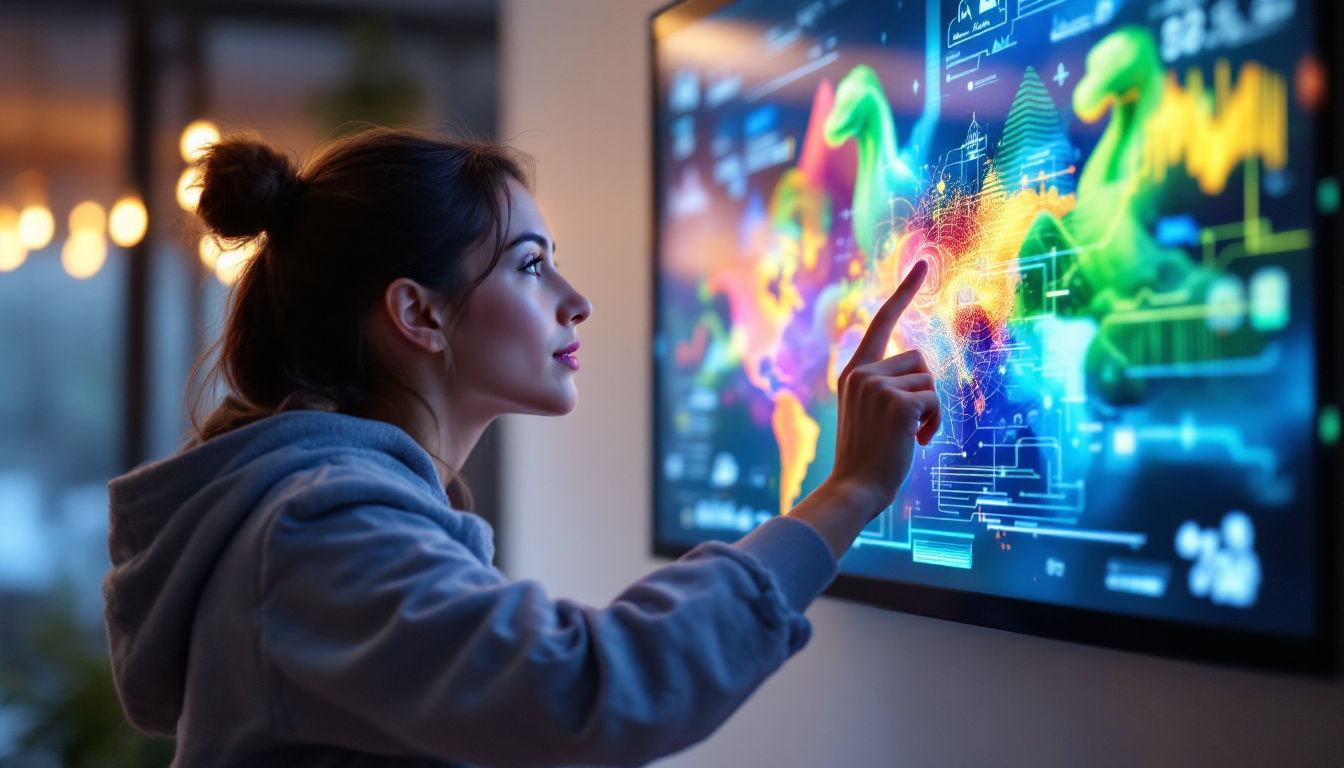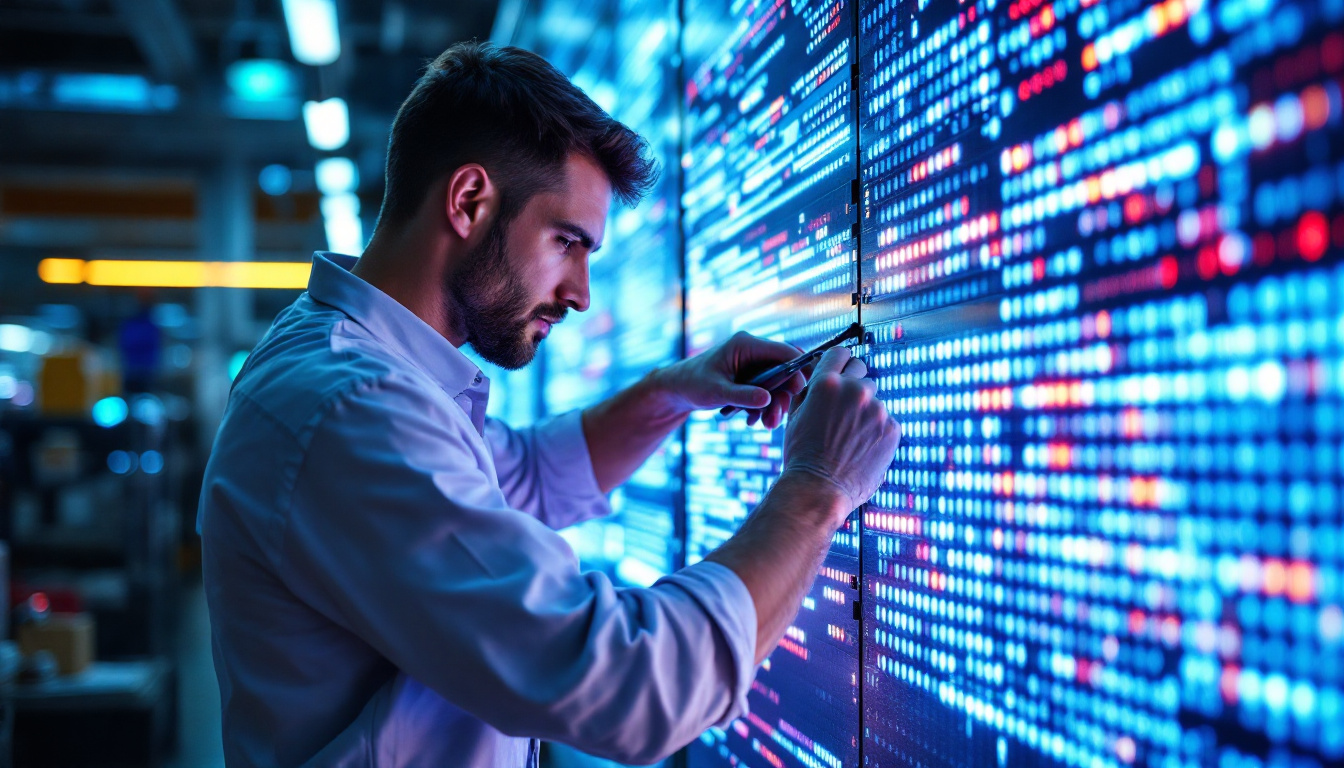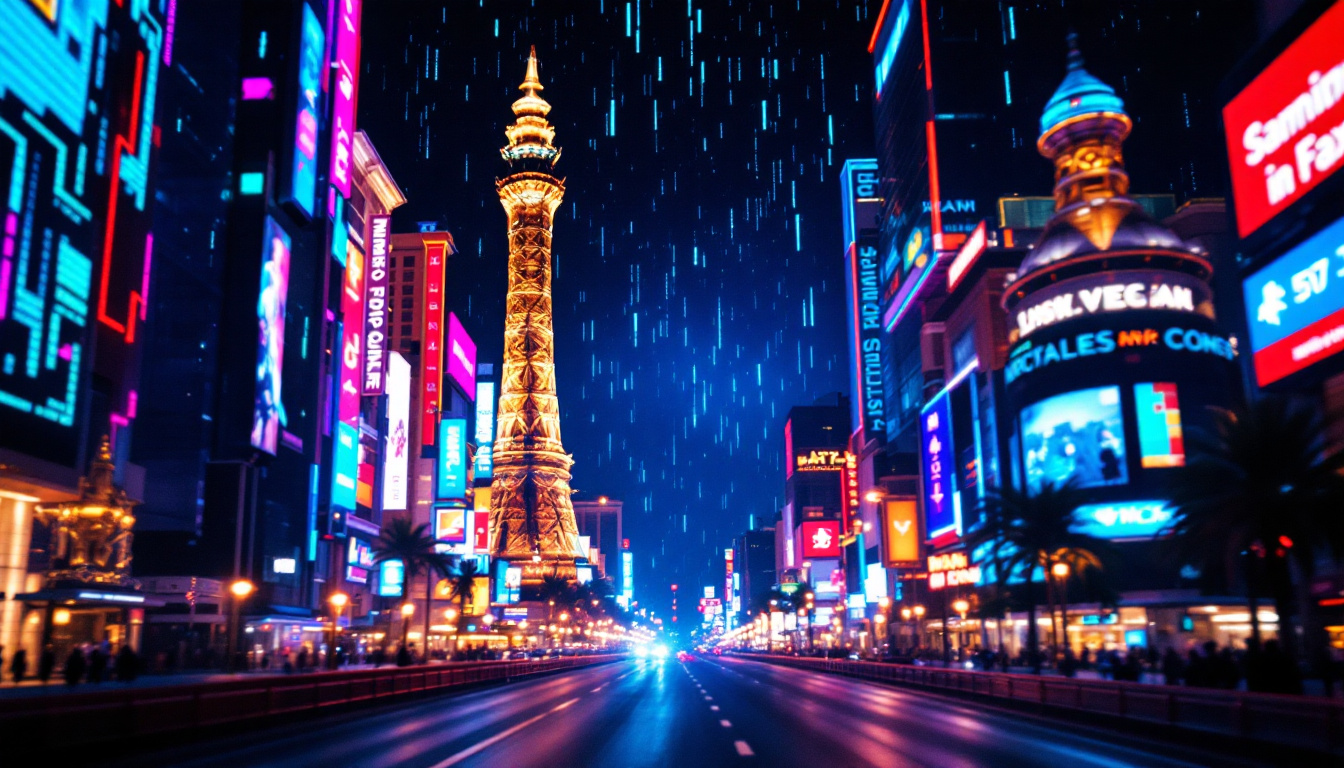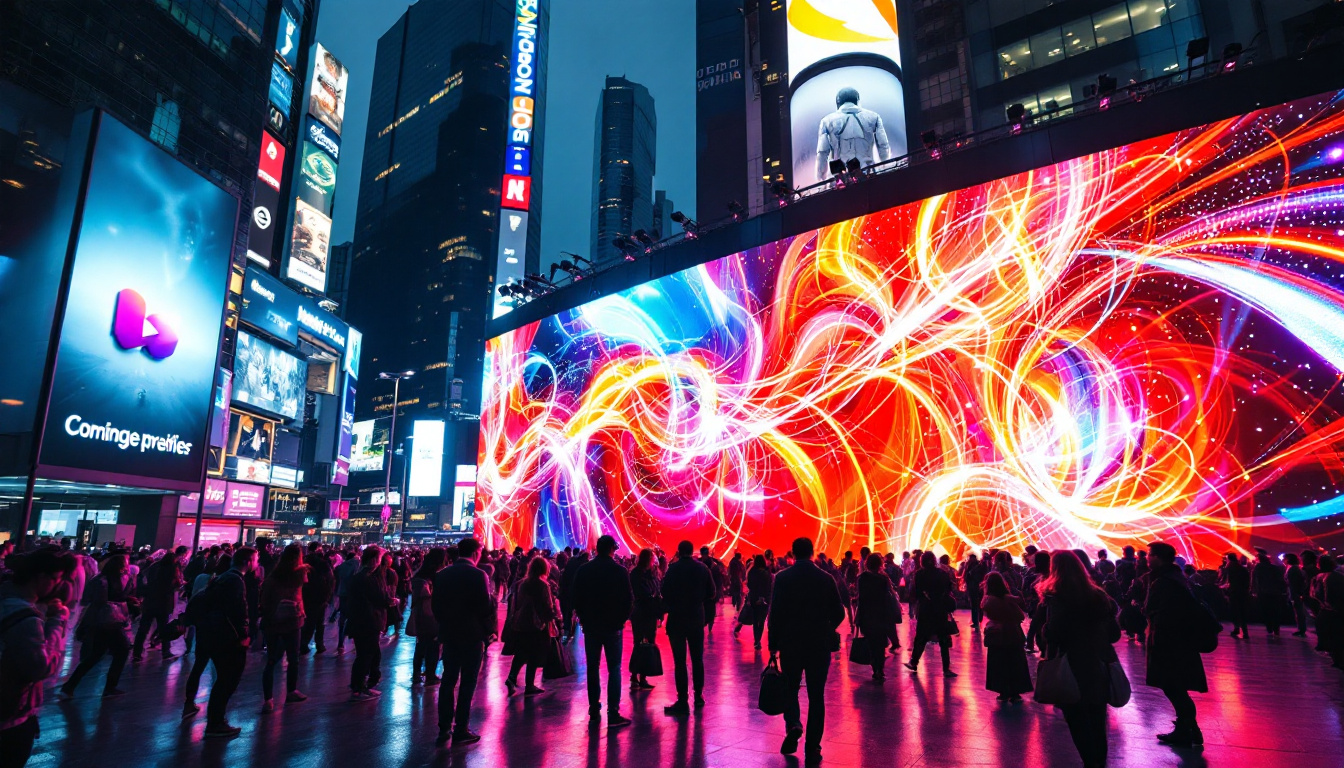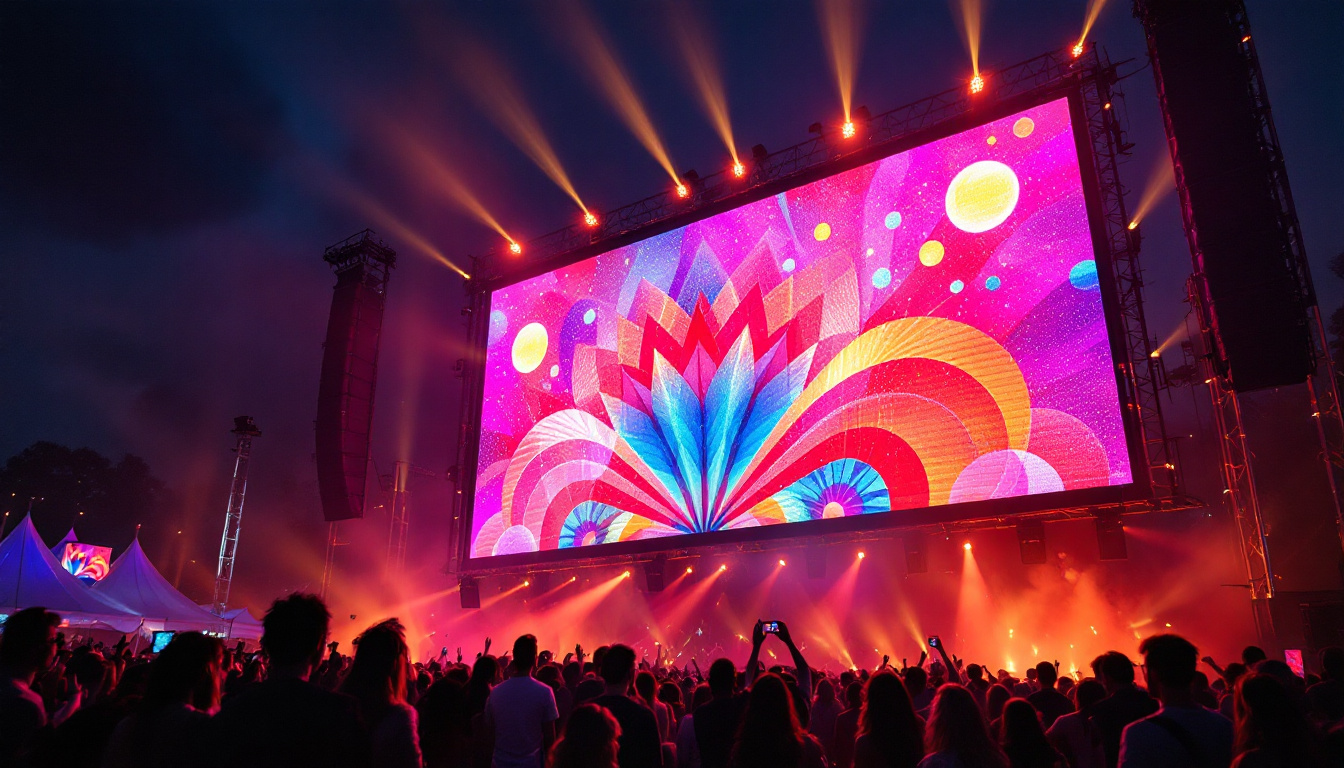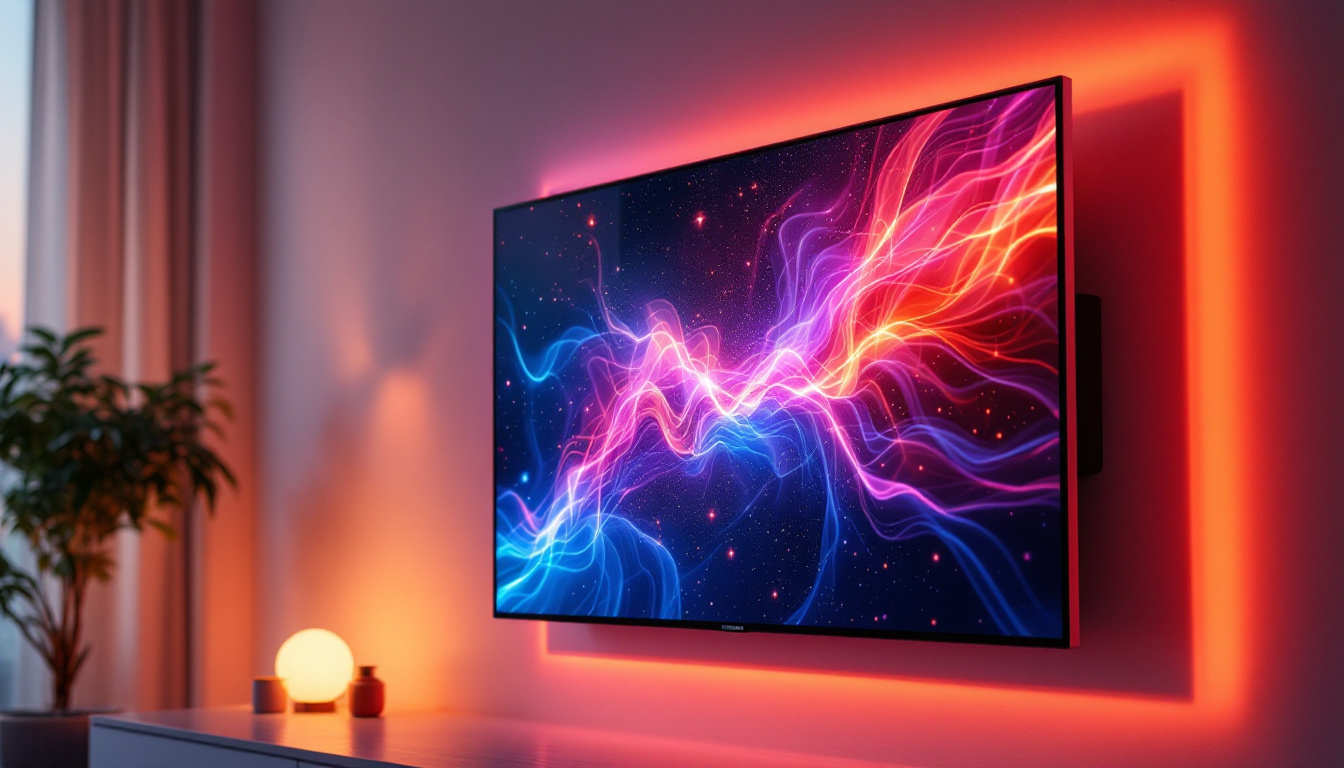In the realm of modern technology, LED displays have emerged as a transformative force across various industries. The Mm package, a specialized toolkit designed for LED display applications, has garnered attention for its versatility and efficiency. This article delves into the intricacies of the Mm package, exploring its components, applications, and the future of LED display technology.
Understanding LED Displays
LED displays, or Light Emitting Diode displays, are electronic devices that utilize LEDs as their primary light source. These displays are known for their vibrant colors, energy efficiency, and longevity, making them ideal for a wide range of applications, from advertising billboards to television screens. Their ability to deliver bright, clear images while consuming less power than traditional display technologies has revolutionized the way we experience visual content, both indoors and outdoors.
How LED Displays Work
The fundamental principle behind LED displays lies in the behavior of semiconductors. When an electric current passes through a semiconductor material, it emits light. This property is harnessed in LED technology, where clusters of tiny LEDs are arranged in a grid to form images or text. The combination of red, green, and blue LEDs allows for the creation of millions of colors, enabling dynamic visual presentations. This technology not only enhances the viewing experience but also contributes to the overall aesthetic of modern architecture, as LED displays can be seamlessly integrated into building facades and public spaces.
Each pixel on an LED display consists of these three colored diodes, which can be adjusted in brightness to create a full spectrum of colors. This capability is what makes LED displays so appealing for both static and dynamic content. Additionally, advancements in LED technology have led to the development of finer pixel pitches, allowing for higher resolution displays that can be viewed from closer distances without sacrificing image quality. This is particularly important in settings such as concert venues and sports arenas, where audience members expect to see crisp and detailed visuals regardless of their location.
Types of LED Displays
There are several types of LED displays, each designed for specific applications. The most common types include:
- Direct View LED Displays: These displays are often used in large outdoor screens and are known for their high brightness and visibility in direct sunlight. Their robust construction and weather-resistant features make them ideal for outdoor advertising and public announcements.
- LED Backlit Displays: Commonly found in televisions and computer monitors, these displays use LEDs to illuminate an LCD panel from behind, enhancing color and contrast. This backlighting technology allows for thinner and lighter screens, making it easier to create sleek and modern designs.
- Organic LED (OLED) Displays: Utilizing organic compounds, OLED displays offer superior color accuracy and contrast, making them popular in high-end televisions and smartphones. The ability of OLEDs to achieve true blacks by turning off individual pixels results in stunning picture quality that captivates viewers.
In addition to these common types, there are also specialized LED displays such as transparent LED displays, which allow for a see-through effect while still displaying vibrant images. These are increasingly being used in retail environments to create eye-catching advertisements that do not obstruct the view of products behind them. Furthermore, flexible LED displays are emerging, enabling creative applications in unconventional shapes and surfaces, paving the way for innovative designs in both commercial and artistic contexts.
The Mm Package: An Overview
The Mm package is a comprehensive toolkit designed to facilitate the development and management of LED display systems. It encompasses a range of software tools, libraries, and documentation aimed at simplifying the integration of LED displays into various applications. With the rise of digital signage and interactive displays, the Mm package stands out as an essential resource for developers looking to create engaging visual experiences.
Key Components of the Mm Package
The Mm package comprises several essential components that work in tandem to provide a seamless user experience. These include:
- Software Libraries: The package includes a collection of libraries that simplify the coding process for developers. These libraries provide pre-built functions for controlling LED displays, making it easier to create visually appealing content. By abstracting complex operations, developers can focus on the creative aspects of their projects.
- Configuration Tools: Users can easily configure their LED displays through intuitive graphical interfaces, allowing for adjustments in brightness, color, and display settings without extensive programming knowledge. This user-friendly approach empowers individuals from various backgrounds, including marketing and design, to take control of their display settings.
- Documentation and Support: Comprehensive documentation is provided, including tutorials, FAQs, and troubleshooting guides, ensuring that users can maximize the potential of their LED displays. Additionally, a dedicated support team is available to assist with any technical challenges, fostering a community of users who can share insights and solutions.
Benefits of Using the Mm Package
Adopting the Mm package for LED display projects offers numerous advantages. These benefits include:
- Time Efficiency: The pre-built libraries and configuration tools significantly reduce development time, allowing teams to focus on content creation rather than coding from scratch. This efficiency is particularly valuable in fast-paced environments where quick turnarounds are essential to meet client demands.
- Enhanced Performance: The optimized code within the Mm package ensures that LED displays operate smoothly, providing high-quality visuals without lag or interruptions. This performance is crucial for applications such as live events, where real-time updates and responsiveness can greatly impact audience engagement.
- Scalability: Whether for small displays or large-scale installations, the Mm package can easily scale to meet the needs of different projects, making it a versatile choice for developers. This flexibility allows businesses to expand their display networks without needing to overhaul their existing systems.
Moreover, the Mm package supports a variety of LED technologies, including RGB, monochrome, and full-color displays, making it suitable for a wide range of applications—from advertising and public information displays to artistic installations and event staging. The adaptability of the package enables developers to tailor their projects to specific audience needs, ensuring that the content resonates effectively. As the demand for dynamic and interactive displays continues to grow, the Mm package positions itself as a forward-thinking solution, ready to meet the evolving challenges of the digital signage landscape.
Applications of LED Displays
LED displays are utilized in a myriad of applications, showcasing their adaptability and effectiveness. From commercial use to artistic installations, the possibilities are virtually limitless.
Advertising and Marketing
One of the most prominent applications of LED displays is in advertising. Billboards and digital signage leverage the brightness and color vibrancy of LEDs to capture the attention of passersby. Dynamic content, such as animations and videos, can be displayed, making advertising more engaging and effective.
Furthermore, the ability to change content remotely allows businesses to tailor their messages based on time, audience, or location, enhancing marketing strategies and customer engagement.
Entertainment and Events
In the entertainment industry, LED displays have revolutionized the way events are experienced. Concerts, sports events, and festivals often feature large LED screens that provide visuals to complement performances. These displays can show live feeds, graphics, and interactive content, creating an immersive experience for attendees.
Moreover, LED technology is increasingly used in stage design, allowing for creative lighting effects and backdrops that enhance the overall aesthetic of performances.
Public Information Systems
LED displays are also employed in public information systems, such as transportation hubs and municipal buildings. They provide real-time updates on schedules, alerts, and important announcements, ensuring that the public remains informed.
These displays are often designed to be highly visible and easy to read, even from a distance, making them an essential component of modern communication infrastructure.
Future Trends in LED Display Technology
The future of LED display technology is bright, with continuous advancements paving the way for even more innovative applications. As technology evolves, several trends are emerging that are likely to shape the landscape of LED displays.
Integration with Smart Technology
As smart technology becomes increasingly prevalent, LED displays are expected to integrate seamlessly with IoT (Internet of Things) devices. This integration will enable displays to respond dynamically to environmental conditions, audience behavior, and data inputs, creating a more personalized experience.
For instance, a smart billboard could adjust its content based on the demographics of the audience in front of it, optimizing advertising effectiveness in real-time.
Advancements in Display Quality
With ongoing research and development, the quality of LED displays is set to improve significantly. Innovations in pixel density, color accuracy, and energy efficiency are on the horizon. Higher resolution displays will provide even more stunning visuals, making them suitable for applications that require intricate detail, such as art exhibitions and high-definition video presentations.
Environmental Considerations
As sustainability becomes a priority across industries, LED display technology is also evolving to become more eco-friendly. Manufacturers are focusing on reducing energy consumption and utilizing recyclable materials in production. This shift not only benefits the environment but also appeals to consumers who are increasingly conscious of their ecological footprint.
Conclusion
The Mm package stands at the forefront of LED display technology, providing developers with the tools they need to create impactful visual experiences. As LED displays continue to evolve and find new applications, the Mm package will play a crucial role in shaping the future of this dynamic field.
With its myriad benefits, including time efficiency, enhanced performance, and scalability, the Mm package is an invaluable resource for anyone looking to harness the power of LED displays. As industries continue to embrace this technology, the potential for innovation and creativity remains boundless.
In summary, the intersection of LED display technology and the Mm package represents a significant advancement in how visual content is created and consumed. As the world becomes increasingly digital, the role of LED displays will only grow, making it essential for developers and businesses to stay ahead of the curve.
Discover LumenMatrix LED Display Innovations
Ready to elevate your visual experience with the latest in LED display technology? LumenMatrix is at the cutting edge, offering a diverse range of LED display solutions tailored to your unique needs. From Indoor and Outdoor LED Wall Displays to specialized options like Vehicle, Sports, and Floor LED Displays, our mission is to transform your visual communication. Engage and captivate your audience with our Custom, All-in-One, and Transparent LED Displays. Check out LumenMatrix LED Display Solutions today and join the revolution in digital signage.

